What is 3D Printing?
- 3d-printing is also known as desktop fabrication or additive manufacturing, it is a prototyping process whereby an real object is created from a 3D design. The digital 3D-model is saved in STL format and then sent to a 3D printer. The 3D printer then print the design layer by layer and form a real object.
- 3d-printing can provide great savings on assembly costs because it can print already assembled products. With 3d-printing, companies can now experiment with new ideas and numerous design iterations with no extensive time or tooling expense. They can decide if product concepts are worth to allocate additional resources. 3d-printing could even challenge mass production method in the future. 3d-printing turns computer models into real physical things. 3d-printing is going to impact so many industries, such as automotive, medical, business & industrial equipment, education, architecture, and consumer-product industries.
How it works?
- The stereolithography process was first patented by American inventor and businessman Charles Hull in 1986 as a way of quickly printing fine layers of material that would build up into a solid shape. His invention required a computer-controlled laser firing ultraviolet light at a UV-reactive liquid, solidifying the surface of the material in thin strips.
- Modern stereolithography allows 3D printing in a variety of materials. Thin layers of plastic-coated paper can be heated using a laser so the layers bond together, building up an object. The laser can then cut any excess paper from the object before going on to bond the next layer. In addition, Hull's original photopolymer solution method is still a viable means of 3D printing.
Features:
Each version of the stereolithography process features a laser that provides a controlled beam of energy directed at thin layers of material. The energy from the laser bonds together plastic or causes a photo reactive liquid to undergo chemical changes, solidifying and bonding with the previous layer of material. Because of the complexity of the process, the laser is always computer-controlled.



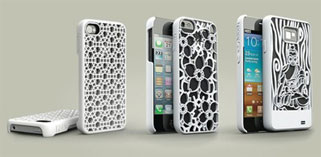

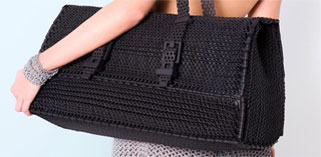
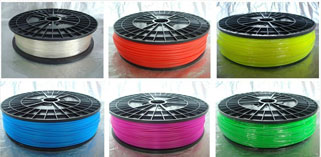
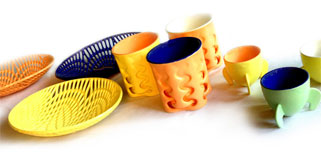
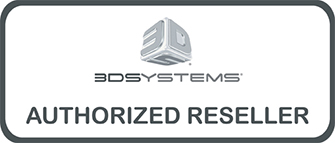










If not a registered user